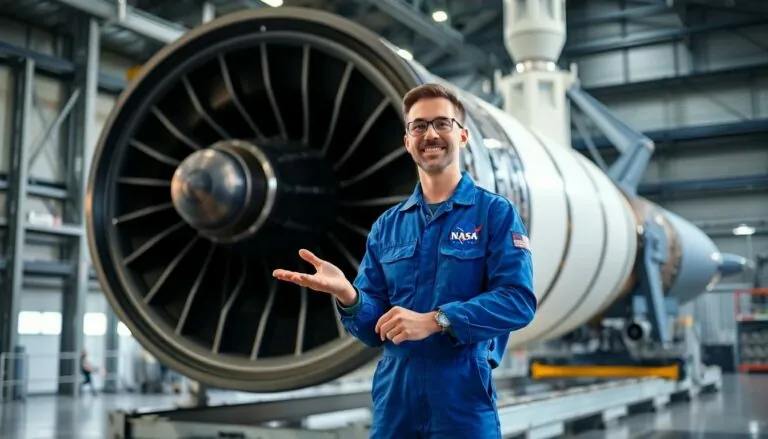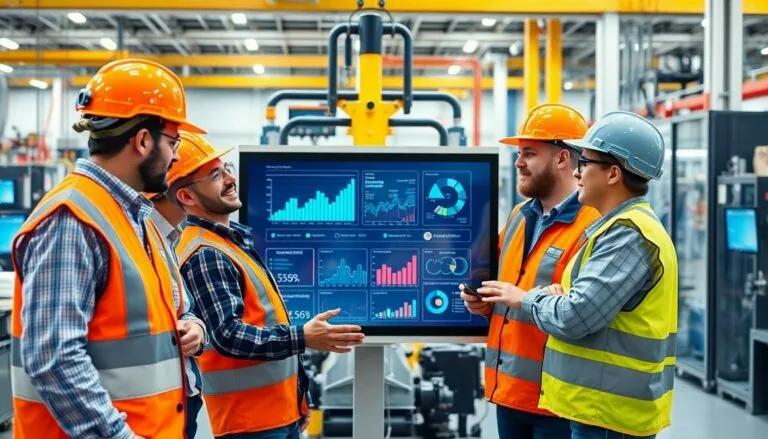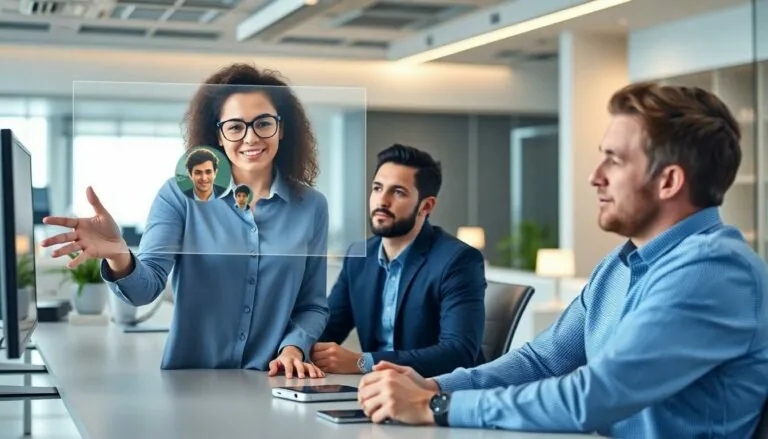Table of Contents
ToggleImagine a meeting where the agenda isn’t set in stone and everyone has a voice. Welcome to the world of Open Space Technology, where participants are the architects of their own discussions. This innovative approach flips traditional meetings on their head, allowing creativity and collaboration to flourish like weeds in a garden—minus the pesky lawnmower.
Open Space Technology isn’t just a quirky name; it’s a powerful method that empowers groups to tackle complex issues in a dynamic and engaging way. With a focus on self-organization, it transforms the mundane into the extraordinary, making every participant feel like a rock star in their own right. Curious about how this game-changing method works? Let’s dive into the essentials that make Open Space Technology a must-know for anyone looking to spark meaningful conversations and drive impactful outcomes.
What Is Open Space Technology
Open Space Technology is a unique method designed to facilitate engaging, participant-driven discussions. This approach unlocks the potential for collaboration and creativity in meetings.
Origin and History
Open Space Technology emerged in the 1980s, conceived by Harrison Owen as a way to revitalize meetings. Owen’s insight stemmed from observing that traditional formats often stifled innovation and interaction. The first official Open Space event took place in 1985; it attracted attention for empowering participants to take charge of their discussions. Over time, this method gained traction across various sectors, including business, education, and community organizing. Today, it’s recognized for transforming static gatherings into lively, productive experiences.
Key Principles
Several core principles underpin Open Space Technology, promoting effective collaboration. First, the law of two feet emphasizes that participants should leave discussions if they feel unproductive. Second, the principle of self-organization allows groups to set their agenda based on participants’ interests. Third, the concept of a marketplace environment encourages open dialogue and idea-sharing. Lastly, the importance of inclusivity ensures that diverse voices contribute to conversations. Collectively, these principles foster an atmosphere where creativity thrives and impactful outcomes emerge.
How Open Space Technology Works

Open Space Technology relies on participant-driven engagement. This method hinges on specific roles and design elements that facilitate dynamic discussions.
The Role of the Facilitator
Facilitators guide the Open Space process, ensuring participants feel confident to share ideas. They promote an inclusive atmosphere by welcoming all voices. Encouraging self-organization plays a crucial part in their role. During the event, they support participants in formulating topics and navigating discussions. The facilitator also fosters adherence to the principles of Open Space, such as the law of two feet, helping participants move to discussions that resonate with them. By connecting people and ideas, the facilitator enhances the overall impact of the gathering.
Event Structure and Design
Event structure emphasizes flexibility, creating a participant-centered environment. An initial gathering introduces the process, allows topic formation, and engages attendees in setting the agenda. Participants suggest topics, which are then grouped into thematic sessions. Each session takes place in designated spaces within the venue, promoting movement and interaction. The design encourages spontaneous discussions and allows participants to self-select sessions based on interest. Sustained engagement occurs through open dialogue and collaborative exploration, driving creativity and innovation. This format ultimately transforms rigid meetings into energizing experiences.
Benefits of Open Space Technology
Open Space Technology offers several advantages that enhance the meeting experience. Participants experience increased creativity and collaboration while engaging in a self-organized environment.
Enhanced Collaboration
Collaboration becomes more effective in Open Space Technology settings. Participants share ideas freely and engage in constructive dialogue. This method includes diverse perspectives, leading to richer discussions. Individuals take ownership of topics, fostering personal investment in group goals. The law of two feet empowers participants to move toward discussions that resonate with them, ensuring collaboration remains dynamic and fluid. Teams gain a deeper understanding of one another, aligning their visions for collective success.
Increased Engagement
Engagement soars in Open Space Technology environments. Participants feel empowered to contribute actively, significantly increasing their interest levels. The format encourages attendees to speak on topics they’re passionate about. By suggesting and leading discussions, individuals express their unique viewpoints. This participatory approach cultivates a sense of responsibility within collective settings, enhancing overall satisfaction. Ultimately, engaging participants allows for innovative solutions to emerge, driving impactful results for the organization.
Examples of Open Space Technology in Action
Open Space Technology has shown its effectiveness in various real-world settings. Many organizations leverage this approach to enhance engagement, creativity, and collaboration.
Case Studies
One notable case involved a large nonprofit organization addressing community health issues. Through Open Space meetings, stakeholders gathered to discuss diverse topics, from resource allocation to awareness campaigns. Participants created actionable plans, demonstrating how participant-driven discussions can lead to impactful outcomes. Another study highlighted a tech company that used Open Space for product development brainstorming. By allowing employees to propose topics, the company fostered innovative ideas and fast-tracked project timelines.
Success Stories
A university successfully implemented Open Space to revamp its curriculum. Faculty members engaged in rigorous discussions, developing new course structures that met student needs. Another success story comes from an international conference where diverse groups collaborated on climate change solutions. Attendees exchanged ideas freely, influencing policy recommendations. These instances illustrate the power of Open Space Technology in transforming engagement and driving meaningful results.
Open Space Technology offers a fresh perspective on meetings by prioritizing participant engagement and self-organization. This innovative approach not only enhances creativity but also fosters a collaborative spirit among attendees. By embracing the principles of inclusivity and the law of two feet, organizations can transform their gatherings into dynamic environments where meaningful conversations thrive. The success stories from various sectors underscore the effectiveness of this method in driving impactful outcomes. As more organizations recognize the value of Open Space Technology, it’s clear that empowering participants leads to richer discussions and innovative solutions.







